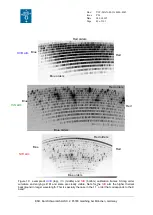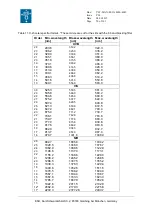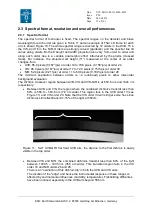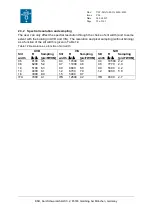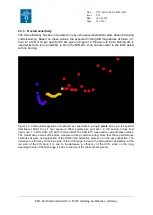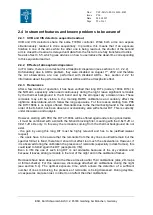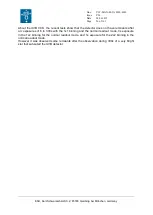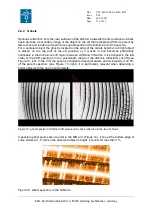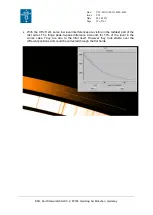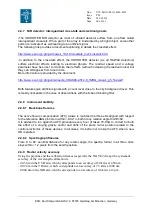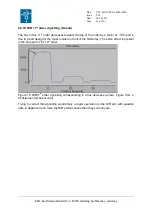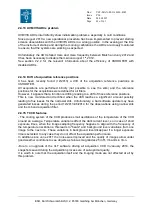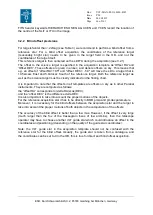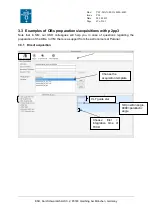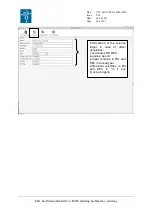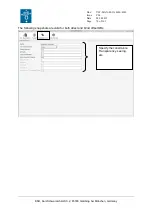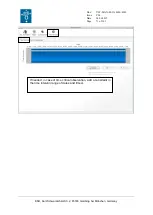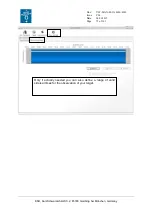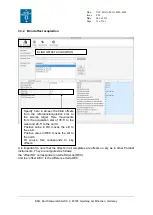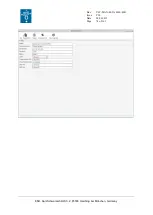
Doc:
Issue
Date
Page
VLT-MAN-ESO-14650-4942
P96
24.06.2015
60 of 161
ESO, Karl-Schwarzschild-Str. 2, 85748 Garching bei München, Germany
2.4.7 NIR detector: interquadrant cross-talk and electrical ghosts
-The XSHOOTER NIR detector as most of infrared detector suffers from an effect called
interquadrant cross-talk. When part of the array is illuminated by a bright object, some other
parts are “activated” as well leading to an artificial signal.
The following link provides a document explaining in details the crosstalk effect:
http://www.eso.org/~gfinger/hawaii_1Kx1K/crosstalk_rock/crosstalk.html
-In addition to the cross-talk effect, the XSHOOTER detector (as all HAWAII detectors)
suffers electrical effects leading to electrical ghosts. The readout speed and a voltage
parameter have been set to minimize their effects (without increasing the readout noise) but
they can still appear from time to time.
More information is provided by the document:
http://www.eso.org/~gfinger/marseille_08/AS08-AS12-9_H2RG_mosaic_gfi_final.pdf
Both features give artificial signals with a count level close to the sky background level. This
is mostly noticeable in the case of observations with the K-band blocking filter.
2.4.8 Instrument stability
2.4.8.1 Backbone flexures
The active flexure compensation (AFC) allows to maintain the three slits aligned with respect
to the reference A&G pinhole to within ~0.02” in both at any rotation angle for ZD<60˚.
It is advised to run again the AFC procedure every hour (it takes 70-80s) to correct for both
the effect of a varying gravity vector and drifts of the piezo mirror position related to the
control electronics of these devices. In all cases, it is better not to skip the AFC when a new
OB is started.
2.4.8.2 Spectrograph flexures
From 0˚ to 60˚ zenithal distance for any rotator angle, the spectra format in all three arms
stays within ~1.2 pixels from the zenith position.
2.4.9 Radial velocity accuracy
Using the pipeline and the calibration frames (especially the WAVE 2d map) the systematic
accuracy of the wavelength calibration is:
- 0.03 nm in the UVB arm, which corresponds to an accuracy of 20 km/s at 450 nm
- 0.02 nm in the VIS arm, which corresponds to an accuracy of 7.5 km/s at 800 nm
- 0.004 nm in the NIR arm, which corresponds to an accuracy of 0.6 km/s at 2 µm




